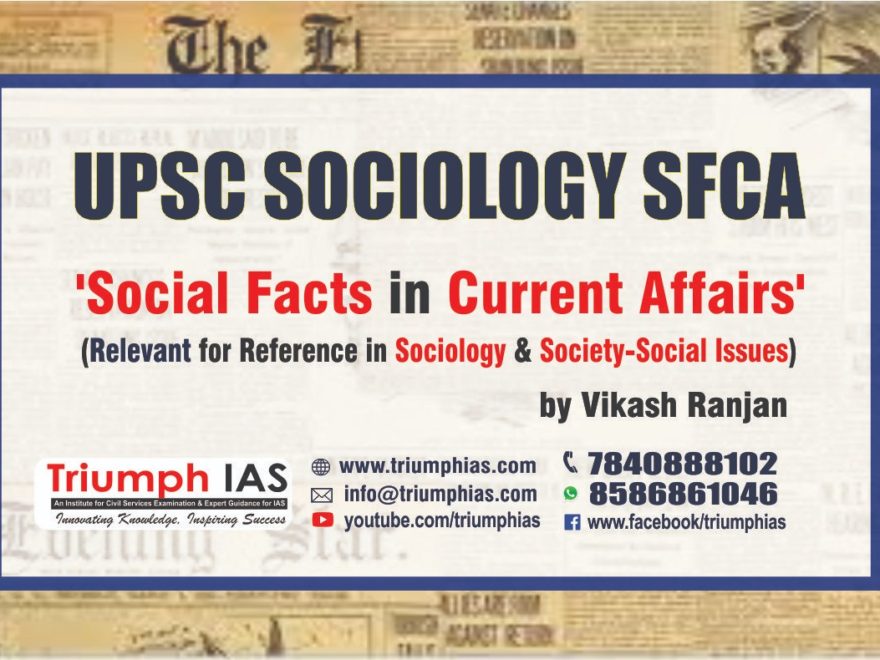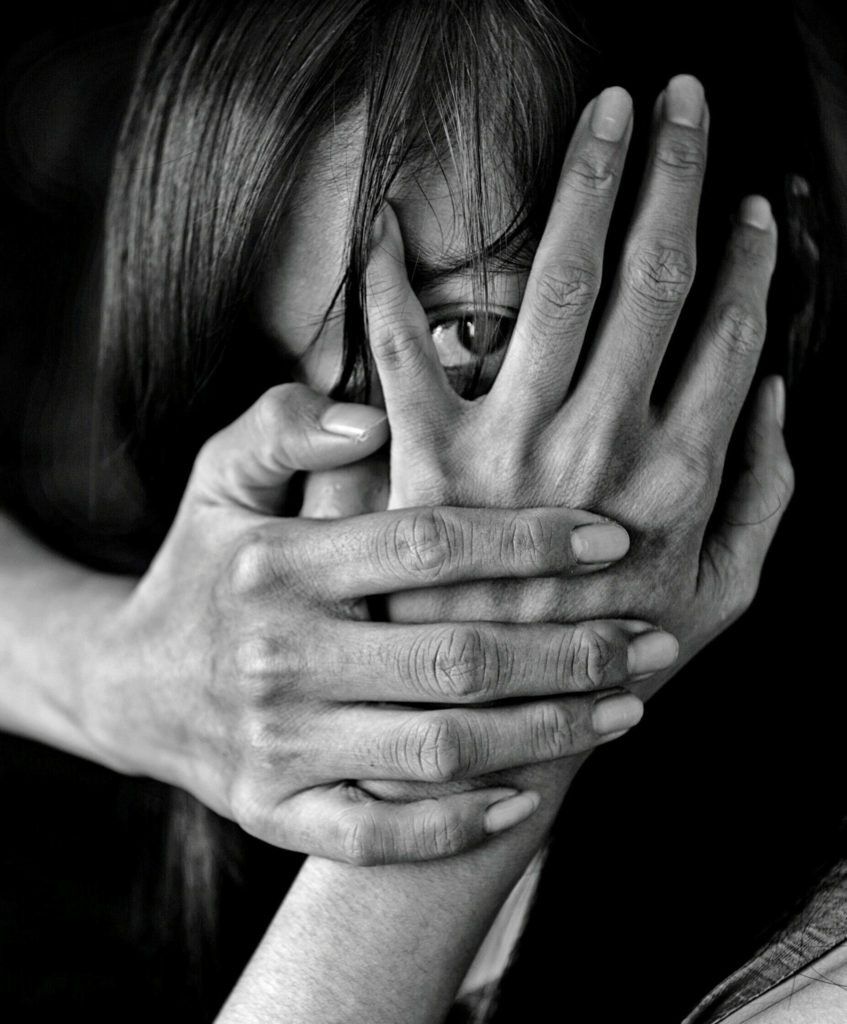THE RIGHT TO RESIDENCE OF DOMESTIC VIOLENCE
- (Relevant for Sociology Syllabus: Paper 1 – Systems of Kinship )
- (Relevant for GS Syllabus: Paper1- Social empowerment )
But where will I live? The right to residence of domestic violence victims in India
- The centrality of securing women’s right to adequate housing as a vital step in the fight against domestic violence needs be recognised urgently.
- That courts in India have upheld the right to reside in a household that must qualify as ‘adequate’ under the right to housing, is clear from several judgments in favour of the domestic violence survivor and her right to adequate housing, granted as part of right to residence under the Protection of Women from Domestic Violence Act, 2005 (PWDVA).
- The Delhi High Court viewed with displeasure the order of a lower court confining the residing rights of the aggrieved woman to the annex of the shared household and denial of her use of the kitchen, calling such an order as one emanating from a ‘feudal and archaic attitude’ noting that ‘in relegating her to the outhouse’ the wife has been treated ‘as if she where a mere chattel’.
- The High Court, while appreciating that in a case such as this one, where the household is large enough to accommodate both parties and ensure that a distance between them can be maintained, noted that decent and adequate living arrangements and facilities must be ensured for the wife.
- Similarly, where the aggrieved woman had been provided residence in the same premises as her alcoholic husband and his second wife by the family court, the High Court of Bombay directed the husband to provide alternate residence comprising two flats on a different floor of the same residence complex where the husband lived, in light of the fact that the husband had adequate means to do so.
- Clearly, due respect was shown by the court in ensuring that arrangements for adequate housing are provided keeping in mind both physical and emotional comfort of the woman, noting further, that ‘if the husband can offer the wife no alternative accommodation to reside there peaceably, he would be required to be stopped from living in such a matrimonial home with his second wife’.
- Jurisprudence under PWDVA demonstrates sensitivity towards housing requirements of women, and courts have taken into consideration several factors such as safety and comfort and adjudicated based on the facts of each case.
- The case of a 63-year-old woman survivor of domestic violence will further validate the point. In this case, the Supreme Court modified the order of the high court giving due consideration to the woman’s apprehension for her safety while residing alone in a rented accommodation.
- The Supreme Court directed that she be provided with a right of residence in the home where the husband is presently residing by way of relief under Section 19 of the PWDVA. The residence order passed in her favour provided her with a ‘suitable portion’ of the house along with ‘all amenities required to make the residential premises suitably habitable, including furniture chosen by the aggrieved woman in order to enable her to live with dignity in the shared household’. In addition to the residence order, protection order and monetary relief was also provided to ensure her safety and to provide for her expenses.
- Right to residence under the PWDVA was intended as a right independent of the woman’s title in the household, whether proprietary or tenancy. A comprehensive definition of shared household was provided for two primary reasons: first, to ensure that right to residence is not confused with property rights and secondly to accommodate the complex nature of the Indian household.
- Jurisprudence indicates, however, that while courts acknowledge and understand that the woman rarely, if ever, has a legal title in the home where she resides, ownership or tenancy rights over the shared household and who these rights belong to continues to dictate, either directly or indirectly, the right to reside in the shared household under the PWDVA for the aggrieved woman. While the fact of residence in the shared household, present or in the past, was intended as being the sole determinant of the right to reside, courts continue to debate if such a right exists against the husband exclusively or does it extend to a residence belonging to the husband’s parents.
- The debate persists; the following cases will demonstrate that courts are reluctant to pass residence orders in favour of the woman where the house belongs exclusively to the parent/s-in-law and is not a joint family property.
- The Supreme Court ruling in the notoriously infamous case of R. Batra v. Taruna Batra (Batra v. Batra ) was unambiguous in holding that a woman cannot claim a house as her shared household if the house belongs exclusively to the mother-in-law and the husband has no right in it, unless, the house is a joint family property.
- The aggrieved woman’s claim was further weakened by the fact that the husband no longer resided in this house. Supreme Court noted that the wife has claimed residence in this house because she and her husband had resided on the second floor of this house after marriage. When dispute arose between the couple, the husband filed for divorce and moved out of the house
- The wife started living with her parents. The judgment notes that the right to claim residence in every such house where the husband and the wife have ‘lived together in the past’, ‘would lead to chaos and would be absurd.
- It is well settled that any interpretation which leads to absurdity should not be accepted’. This judgment impacted several right to residence cases adversely, women were denied the right to reside in homes belonging exclusively to the in-laws even though they had resided in these homes after marriage.
- Courts have recognized, however, that at the stage of passing interim order as an emergency relief, the question of ownership of the shared household would be premature.
- The Delhi High Court did not find it appropriate to apply the ratio in Batra v. Batra in determining urgent interim relief. In this case, the aggrieved woman had been thrown out of the house along with her minor daughter.
- The shared household was owned exclusively by the father-in-law. The Delhi High Court restored the woman to the portion of the house she had previously occupied and directed that she be allowed the use of the kitchen and be provided with a duplicate key to the house.
- The Supreme Court’s narrow interpretation of the definition of household was found inapplicable in deciding urgent interim relief. Yet again, in a case where the mother-in-law was seeking an injunction restraining her daughter-in-law from entering the house which was exclusively owned by her, the Delhi High Court allowed the daughter-in-law to continue residing in the house till such time that alternate arrangements could be made, on grounds that ‘there is no reason to conclude that the definition of shared household does not extend to a house which is owned by a mother-in-law or any other female relative, ‘since they are encompassed under the definition of “respondent” under 2(q)’.
- The High Court chose to deliberate on the factual matrix of the case distinguishing the facts from those in the Batra v. Batra, stating that in the case the dispute had not emanated from an application under PWDVA; secondly, the wife in the said case was not an occupant of the property at the time of filing; and finally, the court did not directly consider the definition of respondent or domestic relationship, and, moreover, failed to explore the link between these two concepts and the definition of shared household.
- According to the Delhi High Court, each of these three distinctions establish that the husband’s title or interest in the property is not relevant in determining the factum of shared household. This is a very progressive judgment where the High Court read the different provisions of the PWDVA together and accorded a just interpretation in favour of both the daughter-in law and the mother-in law.
- The mother-in-law’s health was also taken into consideration in granting residence to the daughter-in-law in the shared household temporarily, ensuring that she was not left without shelter till such time that the husband provided alternate accommodation for her, while at the same time, respecting the mother-in-law’s right to exclusive residence in her home.
- Domestic violence clearly breaches the right to adequate housing since it violates the very basis of adequacy: security, peace, dignity, and the standard of habitability. In some cases, it also violates the prohibition against forced evictions.
- The centrality of securing women’s right to adequate housing as a vital step in the fight against domestic violence needs be recognized urgently. Empowerment through right to adequate housing by way of ownership rights through equal inheritance rights qualitatively improve women’s position in negotiating for a life free of violence.
- Let us always remember that intimate relationships are not simple. In most cases, emotional dependence on the abuser is far greater than economic dependence, and women caught in this cycle of dependence go through stages of denial about the abuse. Herein lies the most vital difference between violence at home and other forms of violence committed by a person who is in most cases a stranger to the victim.
- Violations to adequate housing caused by domestic violence have been appropriately addressed by creating the right to reside under the PWDVA and it is hoped that a more stringent and sensitive implementation of this right will empower women to fight domestic violence and homelessness that can result from it.
- *This excerpt from Conflict in the Shared Household: Domestic Violence and the Law in India, edited by Indira Jaising and Pinki Mathur Anurag, has been published with permission from Oxford University Press India.
- India needs free, fair, non-hyphenated and questioning journalism even more as it faces multiple crises. But the news media is in a crisis of its own. There have been brutal layoffs and pay-cuts. The best of journalism is shrinking, yielding to crude prime-time spectacle.


